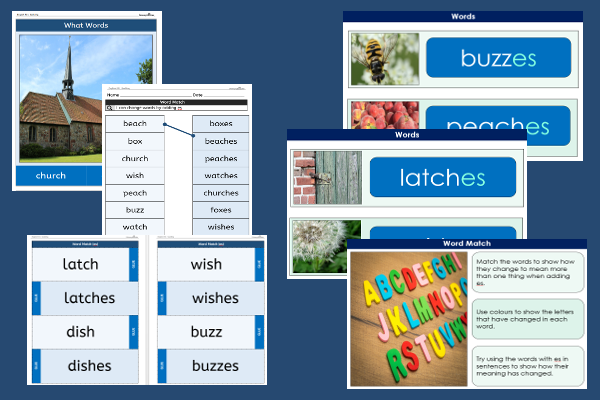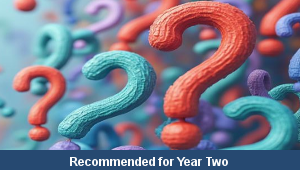Plurals Word Match Nouns es

This teaching pack for Year Two in Key Stage One gets the children to identify, match and record changes to the spellings of different words when adding the suffix es to nouns when forming plurals.
The class can illustrate and model changes to the spelling and meaning of the created plural words by writing examples sentences to match a class topic.
Download this teaching pack including display posters, classroom activities and an interactive presentation to teach the children to identify, match and record changes to the spellings of different words when adding the suffix es to nouns when forming plurals
Activities in this teaching pack include a set of display posters to identify changes to the spellings of different words when adding the suffix es to nouns, a set of cards to match the singular and plural spellings of nouns and a worksheet to record how different nouns can be converted into plurals by adding the suffix es.
The interactive presentation gets the children to identify and match changes to the spellings of different words when adding the suffix es to nouns and suggest how to use the words in sentences to model their meanings
This lesson can support development in exploring how to convert singular nouns into plurals. There are teaching activities for shared learning, differentiated worksheets to support independent learning and an interactive presentation to introduce concepts and key skills.
-

Maths Measurement Assessment
Assess abilities in estimating, measuring and comparing a range of different measurements for length, mass and capacity
-

Family Life
Investigate and reflect on some of the special events and experiences that might happen in the life of a family
-

Final Sounds Word Guess
Practise playing some guessing and matching games to identify the spelling and meaning of words with different final sounds
-

Building Reports
Explore how to collect facts and information to work with when composing and presenting non-chronological reports about buildings that can be found in the local area
